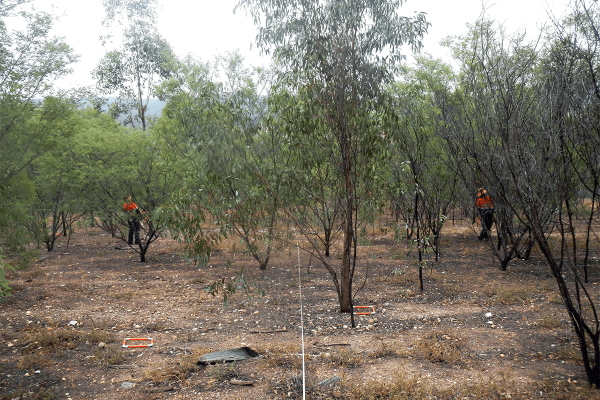ACARP Project
Investigating recognisable and self-sustaining ecological mine rehabilitation
Umwelt commenced the ACARP (Australian Coal Association Research Program)-funded project investigating recognisable and self-sustaining ecological mine rehabilitation in March 2018. This project is being undertaken with the support of Glencore, YanCoal, Peabody, Idemitsu and the NSW Minerals Council, and in a broad collaboration with the NSW Department of Planning, Industry, and Environment (formerly the NSW Office and Environment and Heritage). It was developed in response to increasing requirements by regulatory agencies for mining companies to demonstrate that ecological mine rehabilitation can be self-sustaining and meet a certain level of ecological function, including consistency with specific vegetation types or threatened ecological communities.
Since the commencement of the project, Umwelt has undertaken a review of available literature and undertaken field sampling of over 90 mine rehabilitation and reference sites across five mine sites in the NSW Hunter Valley. Analysis of the data is currently underway and will include the comparison against the forthcoming revisions of the Plant Community Type (PCT) classification for NSW. The use of the most up-to-date vegetation classification system in the statistical analysis will allow for increased validity and application of the results, as well as continued alignment with the NSW Biodiversity Assessment Method (BAM).
The Hunter Valley provides a primary case study for this project, due largely to the convenient overlap between Commonwealth and State-listed threatened ecological communities within an active coal mining region. However, the outcomes of the project and the processes used to determine recognisability and self-sustaining of mine rehabilitation will be of relevance to mining operations across Australia. Data has also been sourced from Queensland coal mines, and desktop reviews have been conducted on mines around Australia.
Outcomes of the project will include an indication of whether existing mine rehabilitation can support recognisable and self-sustaining ecological communities, and whether it supports habitat for threatened fauna species. An outcome of particular importance for the mining industry will be the development of rehabilitation objectives, performance indicators and closure criteria for the establishment of recognisable and self-sustaining ecological communities.

For further information on this project, please contact our National Ecology Leader, Travis Peake on 1300 793 267.
We’re very pleased to have now finalised this report. To view it, please click here.
